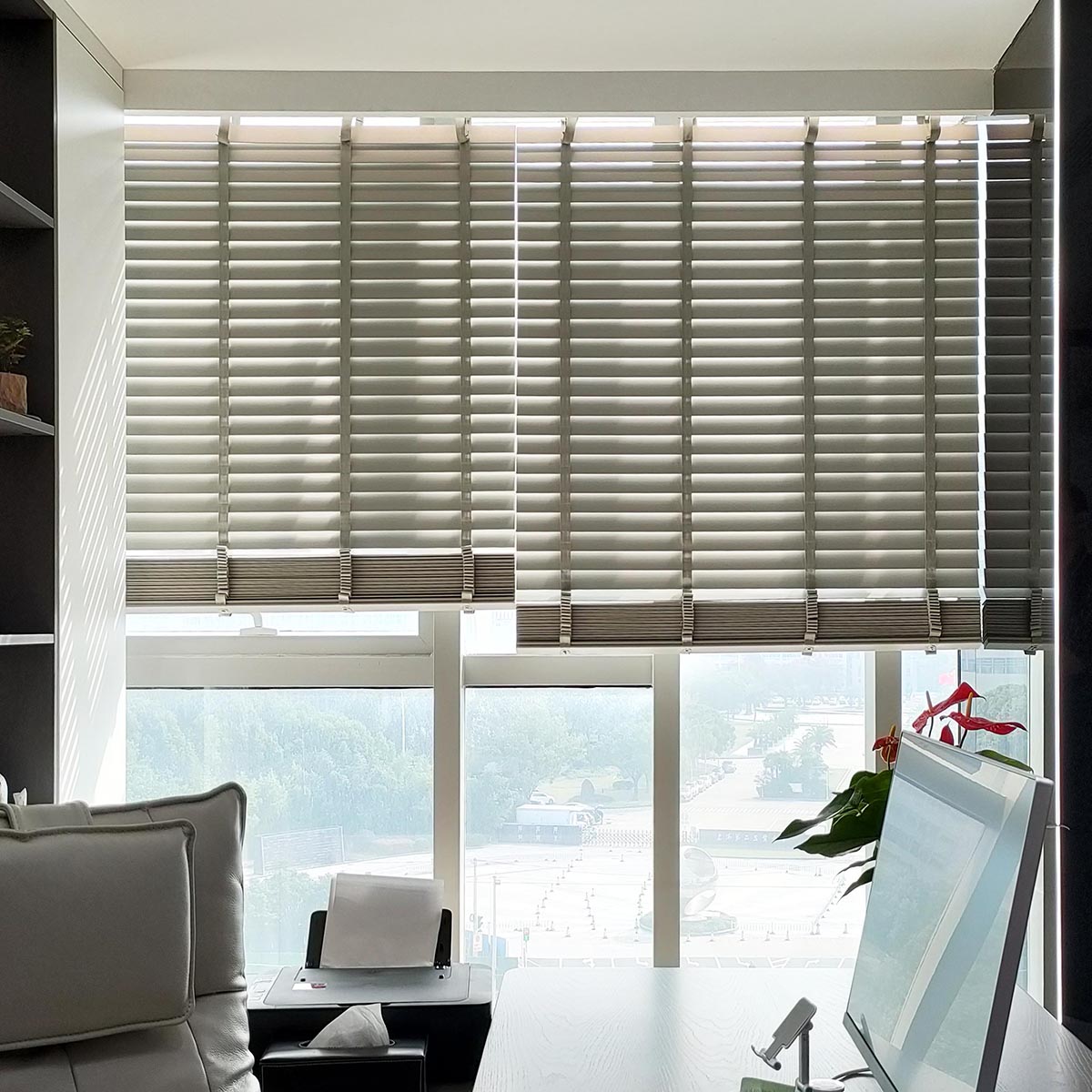Long relegated to the category of “functional window coverings,” the Venetian blinds industry is undergoing a transformative shift—driven by advancing technology, evolving consumer expectations, and global sustainability mandates. No longer just a tool for light control, modern Venetian blinds are emerging as integrated components of smart, customized, and eco-conscious built environments. As we explore the sector’s trajectory, it’s clear that its massive growth potential lies in three interconnected pillars: intelligent automation, on-demand personalization, and sustainable engineering. Each pillar, enabled by cutting-edge technologies like AI, 3D printing, and advanced materials, is redefining product value and opening new market frontiers.
Intelligent Automation: AI-Powered Efficiency and Integration
The integration of artificial intelligence (AI) and the Internet of Things (IoT) is revolutionizing Venetian blinds from passive coverings to active building management assets. This shift is not just about “automation”—it’s about data-driven optimization of light, energy, and user comfort.
AI-enabled Venetian blinds leverage a network of sensors (ambient light, temperature, occupancy, and even UV radiation) to adjust slat angles, height, and positioning in real time. Unlike basic programmable systems, machine learning algorithms analyze historical data (e.g., user preferences, daily sunlight patterns, and energy consumption) to refine performance over time. For example, in commercial office spaces, AI-powered blinds can sync with HVAC systems: closing slats during peak solar radiation to reduce heat gain, thereby cutting air conditioning loads by 15–20% (per studies by the American Council for an Energy-Efficient Economy). In residential settings, voice-activated controls (integrated with smart home ecosystems like Alexa or Google Home) and geofencing (adjusting blinds as occupants approach home) further enhance usability.
Beyond user-centric features, AI also enables predictive maintenance—a critical value-add for commercial clients. Embedded sensors can detect wear on tilt mechanisms or motor degradation, sending alerts to facility managers before failures occur. This reduces downtime and lifecycle costs, positioning intelligent Venetian blinds as a key component of “predictive building operations.”
On-Demand Personalization: 3D Printing and Custom Engineering
Consumer demand for “bespoke spaces” has spilled over into window coverings, and 3D printing is the technology making mass personalization feasible for the Venetian blinds industry. Traditional manufacturing struggles with custom sizes, unique designs, or specialized functional requirements (e.g., for irregularly shaped windows in historic buildings). 3D printing eliminates these barriers by enabling design flexibility without scale penalties.
Advanced 3D printing processes—such as Fused Deposition Modeling (FDM) for durable thermoplastics or Selective Laser Sintering (SLS) for metal components—allow manufacturers to produce blinds tailored to exact dimensions, aesthetic preferences, and functional needs. For instance, residential clients can customize slat textures (mimicking wood grain, stone, or geometric patterns) or integrate subtle branding. Commercial clients, meanwhile, might opt for 3D-printed aluminum slats with integrated cable management for office windows or fire-retardant polymer slats for hospitality settings.
Beyond aesthetics, 3D printing supports modular design—a game-changer for both consumers and installers. Modular blinds can be easily modified (e.g., adding slats, changing hardware) as spaces are renovated, reducing waste and extending product lifecycles. This level of customization was once cost-prohibitive for all but luxury markets; today, 3D printing brings it to mid-tier residential and commercial segments, unlocking a $2.3 billion global custom window coverings market.
Driving Competitiveness and Opening New Markets
These innovations—intelligence, personalization, and sustainability—are not isolated; their synergy is what elevates the Venetian blinds industry’s competitiveness. A smart Venetian blind can be both AI-optimized for energy efficiency and 3D-printed to a customer’s design, all while being made from recycled materials. This value proposition is unlocking new market segments:
• High-end residential: Luxury developments seeking integrated smart home systems with custom, sustainable finishes.
• Commercial real estate: Office towers and hotels prioritizing energy efficiency (to meet LEED or BREEAM certifications) and brand-aligned custom window treatments.
• Green building projects: Governments and developers investing in net-zero buildings, where AI-enabled Venetian blinds contribute to passive energy management.
Emerging markets, too, present opportunities. As urbanization accelerates in regions like Southeast Asia and Latin America, demand for affordable yet technologically advanced window coverings is rising—creating a niche for mid-range smart Venetian blinds made from local, sustainable materials.
The Future Is Integrated, Customer-Centric, and Sustainable
The Venetian blinds industry’s growth potential is not just about expanding production—it’s about redefining the product’s role in the built environment.
Post time: Nov-12-2025

